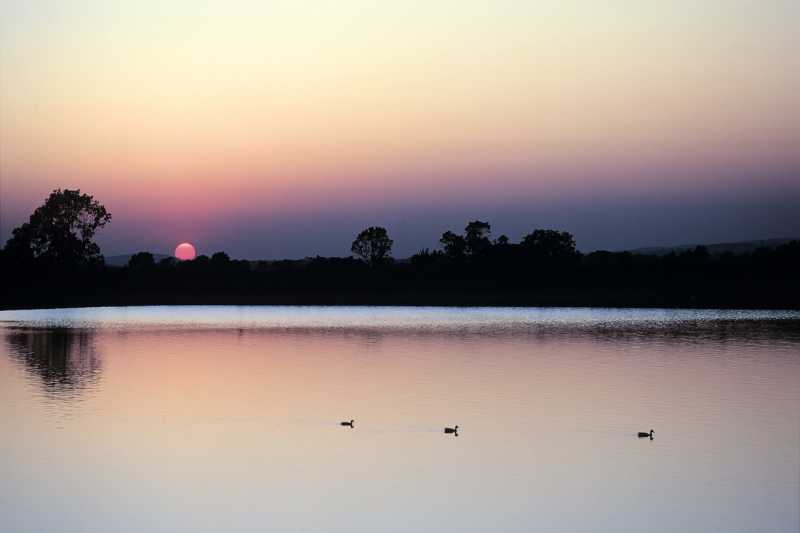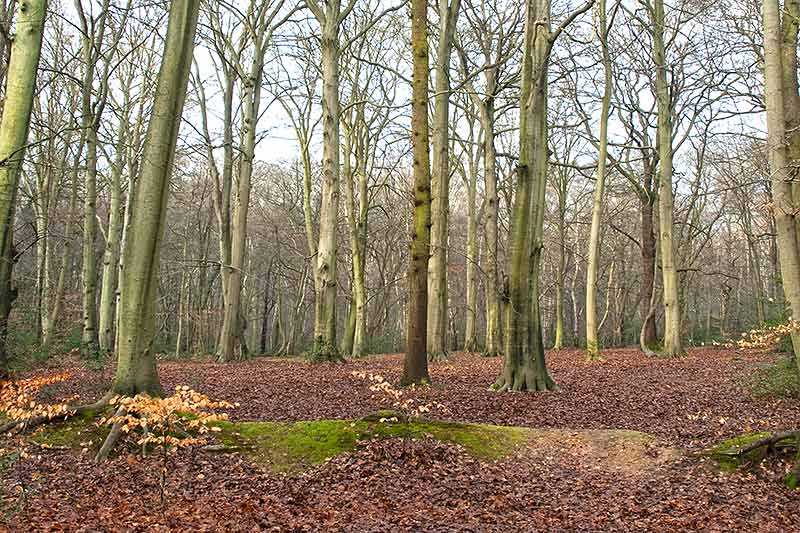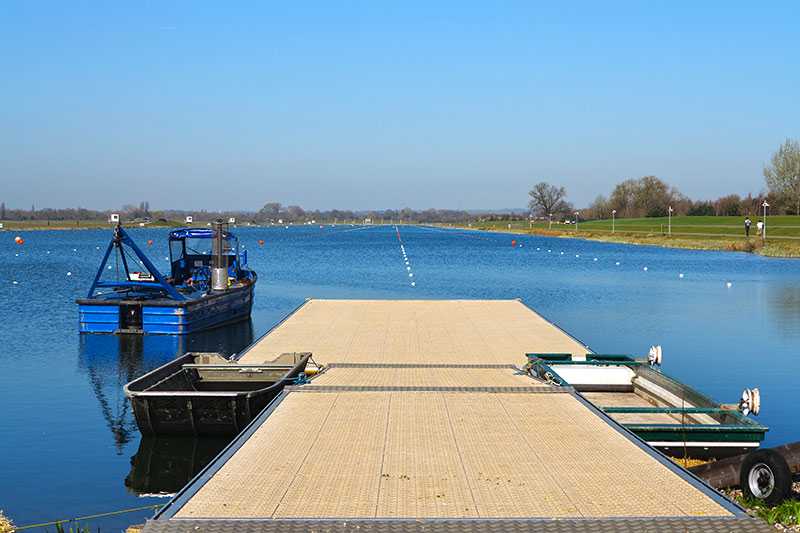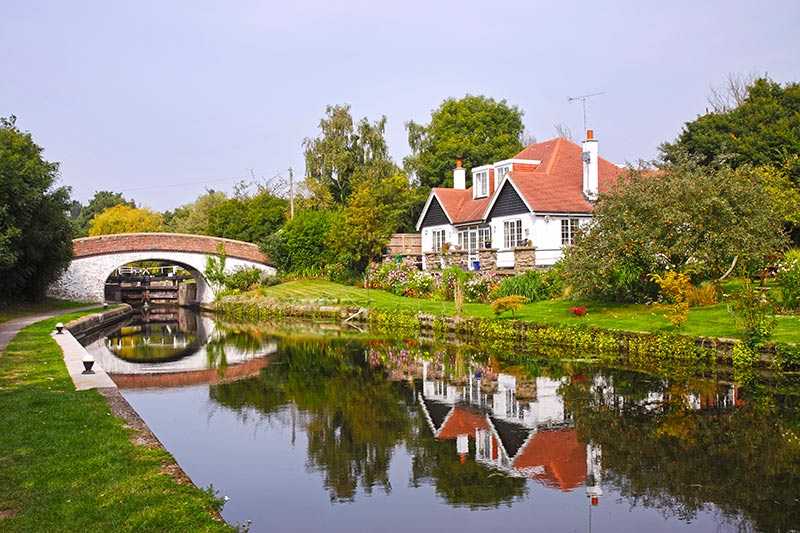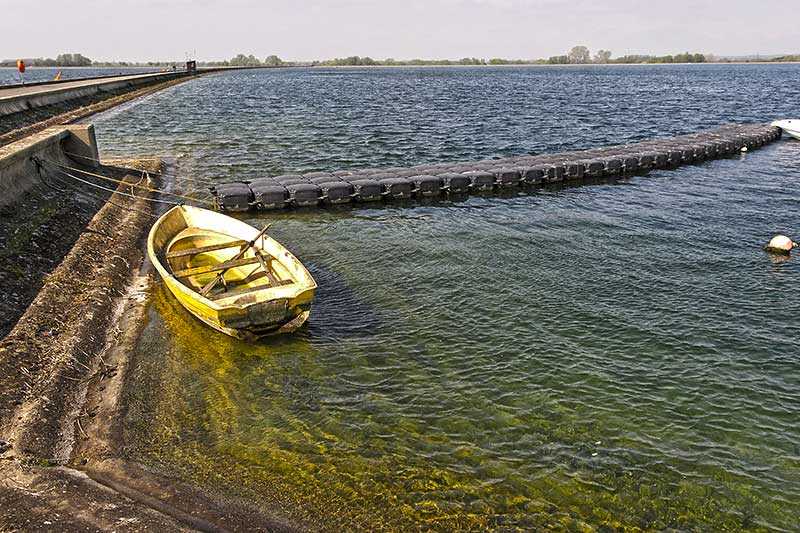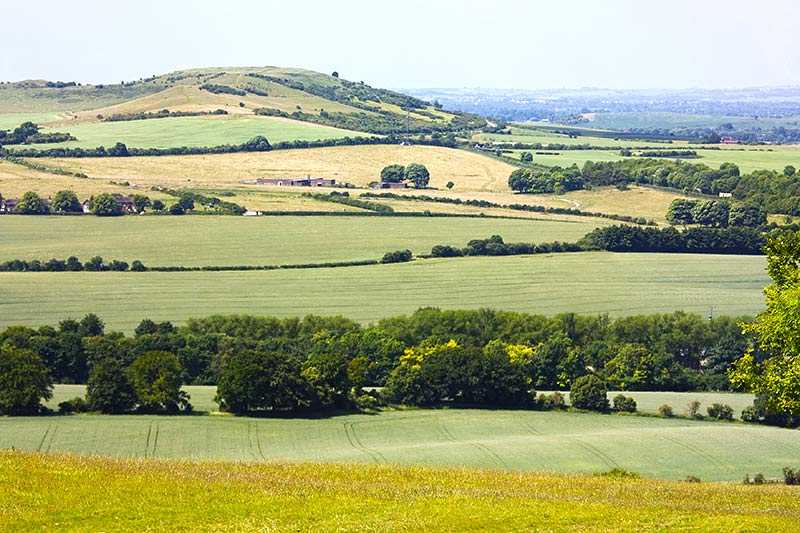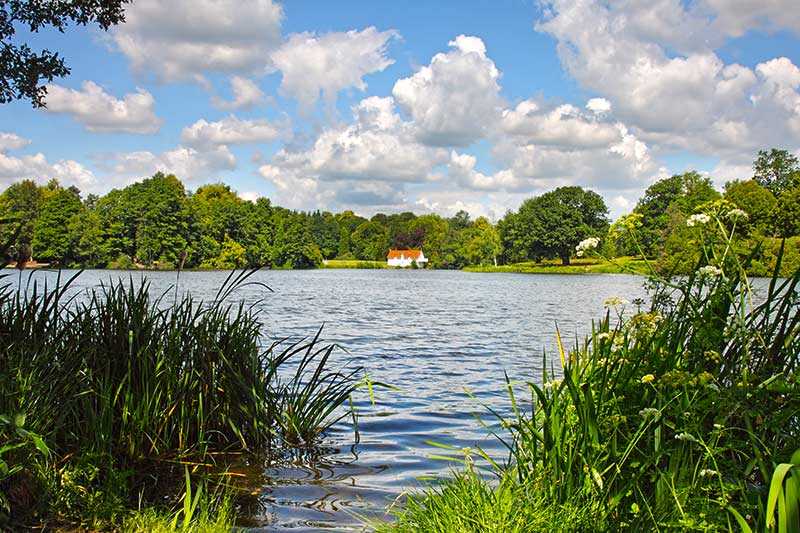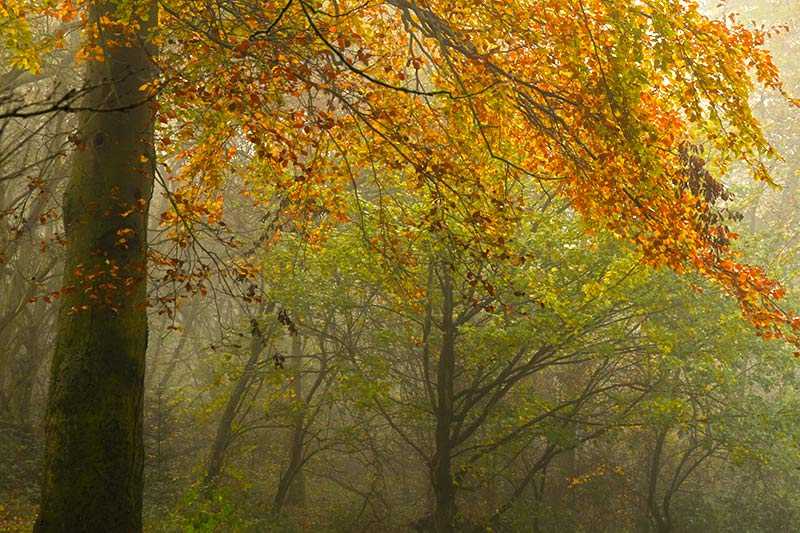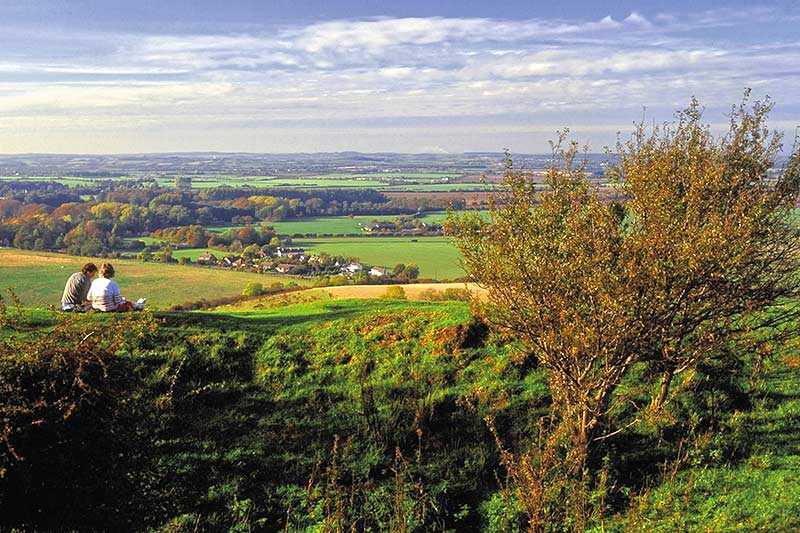Chiltern Hills AONB
About Chiltern Hills AONB
The Chiltern Hills are located in South East England, covering a total area of 833 km2 (322 mi2). They are formed from a chalk escarpment and feature wooded h...
About Chiltern Hills AONB
The Chiltern Hills are located in South East England, covering a total area of 833 km2 (322 mi2). They are formed from a chalk escarpment and feature wooded hills, shallow valleys and enclosed fields used for farming. Around 21% of the Chilterns is wooded, making it one of the most heavily wooded areas in England. A large part of the Chilterns was official...
Things to do near Chiltern Hills AONB
Attractions near Chiltern Hills AONB
Activities
About Chiltern Hills AONB
About Chiltern Hills AONB
The Chiltern Hills are located in South East England, covering a total area of 833 km2 (322 mi2). They are formed from a chalk escarpment and feature wooded hills, shallow valleys and enclosed fields used for farming. Around 21% of the Chilterns is wooded, making it one of the most heavily wooded areas in England. A large part of the Chilterns was officially designated as an Area of Natural Beauty in 1965.
Fauna and Flora
Numerous nature reserves offer extensive opportunities for wildlife viewing. Blankets of bluebell in spring, dazzling wildflowers in summer and colourful autumn displays of trees as leaves turn to reds, golds and browns are all popular sights. Butterflies, small mammals and a huge variety of insects and birds live among the Chilterns; but notable species include Red Kites, reintroduced to the area between 1989 and 1994 (there are now an estimated 600 breeding pairs in the region); and there’s even the chance of seeing a muntjac deer – native to China and south East Asia, some of these creatures escaped from parks around stately homes in the 1920s and now live wild in the Chilterns.
Tourism
It’s estimated that over 50 million visits are made to the Chilterns annually.
Activities
With over 2,000 km (~1,242 mi) of walking trails, bridleways and peaceful lanes in the area there are routes suitable for walkers of all levels of experience and ability. The area also features the Chilterns Cycleway, a 273 km (~170 mi) long circular route around the whole AONB. The Thames River runs through the area, provides opportunities for sightseeing from the water.
How to get there
The Chilterns is the nearest AONB to London. The area is easily accessible by road or public transport.
Did you know?
There are concerns that the UK Government’s plans to run the High Speed 2 (HS2) rail link through the Chilterns will prove damaging to its environment.
